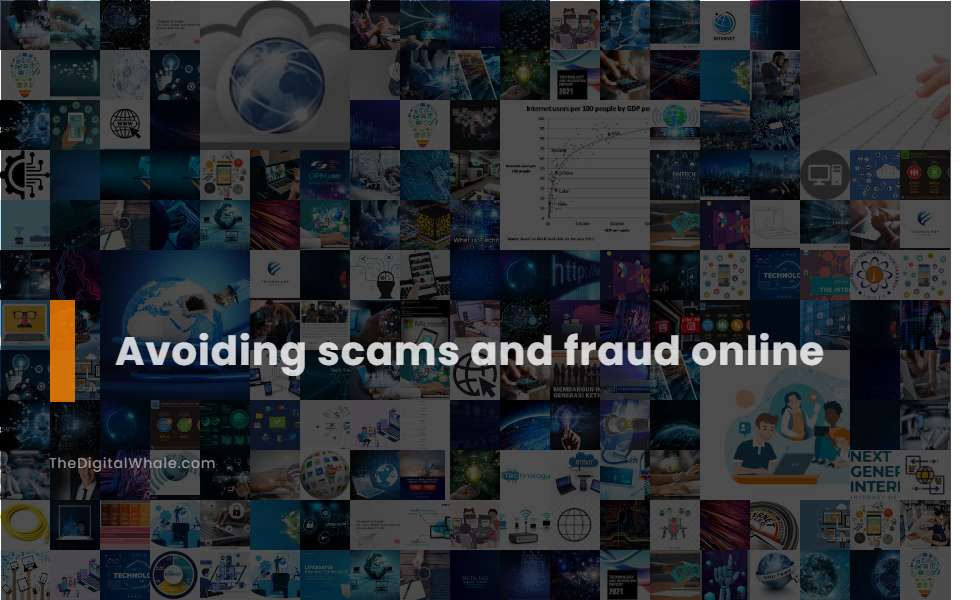Physical Address
304 North Cardinal St.
Dorchester Center, MA 02124
Physical Address
304 North Cardinal St.
Dorchester Center, MA 02124

In today’s digital world, the internet has transformed the way we interact, shop, and communicate. However, with the convenience of online transactions comes the lurking danger of scams and fraud. It’s vital to equip ourselves with the knowledge and tools necessary for avoiding scams and fraud online, ensuring our digital experiences remain positive and secure.
The first step in mastering the art of online safety is understanding the various types of scams that exist. From phishing emails to fake websites, the methods used by fraudsters are becoming increasingly sophisticated. This requires us to stay vigilant and informed while browsing the internet. Let’s explore how we can protect ourselves from these threats.
There are several prevalent scams to be aware of, including:
When it comes to shopping online, there are several essential steps to take that can help minimize your risk of being scammed. Implementing basic safety measures can go a long way in ensuring your personal and financial information remains secure.
Before making a purchase from an unfamiliar website, take the time to research the business. Look for reviews and ratings on platforms like Trustpilot or the Better Business Bureau. Authentic feedback from other consumers can help you avoid sites known for scams and fraud.
Always check for secure payment options. Websites that offer secure payment methods (such as PayPal or credit cards) are typically safer than those that only accept wire transfers or cash. Moreover, ensure that the website’s URL begins with “https://” – the ‘s’ indicates a secure connection.
This visual guide provides a comprehensive overview of practical strategies for avoiding scams and fraud online. Refer to it often to keep your online activities safe!
It’s essential to use strong, complex passwords for your online accounts. A good rule of thumb is to create passwords that are at least 12 characters long, combining upper and lower case letters, numbers, and symbols. Additionally, take advantage of two-factor authentication whenever possible for an added layer of security.
Understanding the latest scams is crucial in the fight against online fraud. Scammers often refresh their methods, so staying educated about common schemes will bolster your defense against them. Here are some tips on keeping informed:
Many organizations and individuals dedicate themselves to educating the public about scams and fraud. Be sure to follow updates from reputable blogs, websites, and government alerts regarding the latest threats in the digital world.
Many community organizations offer webinars and workshops that provide valuable insights into staying safe online. Engaging in these events can equip you with tools to recognize and respond to potential scams and fraud attempts.
One of the most significant red flags in the world of online fraud is an offer that seems too good to be true. Deals that promise extraordinary discounts or rewards can often lead to financial ruin. It’s crucial to analyze such offers critically before proceeding.
Some warning signs to look out for include:
Facing the ever-changing landscape of online threats can be intimidating, but by taking proactive measures and staying informed, you can greatly reduce your risk of falling victim to scams and fraud. Equip yourself with vigilance and knowledge—remember, avoiding scams and fraud online is not just a personal responsibility; it’s a necessary skill in today’s digital age.
Stay alert, do your homework, and enjoy your online experiences to the fullest while keeping your personal and financial information safe!